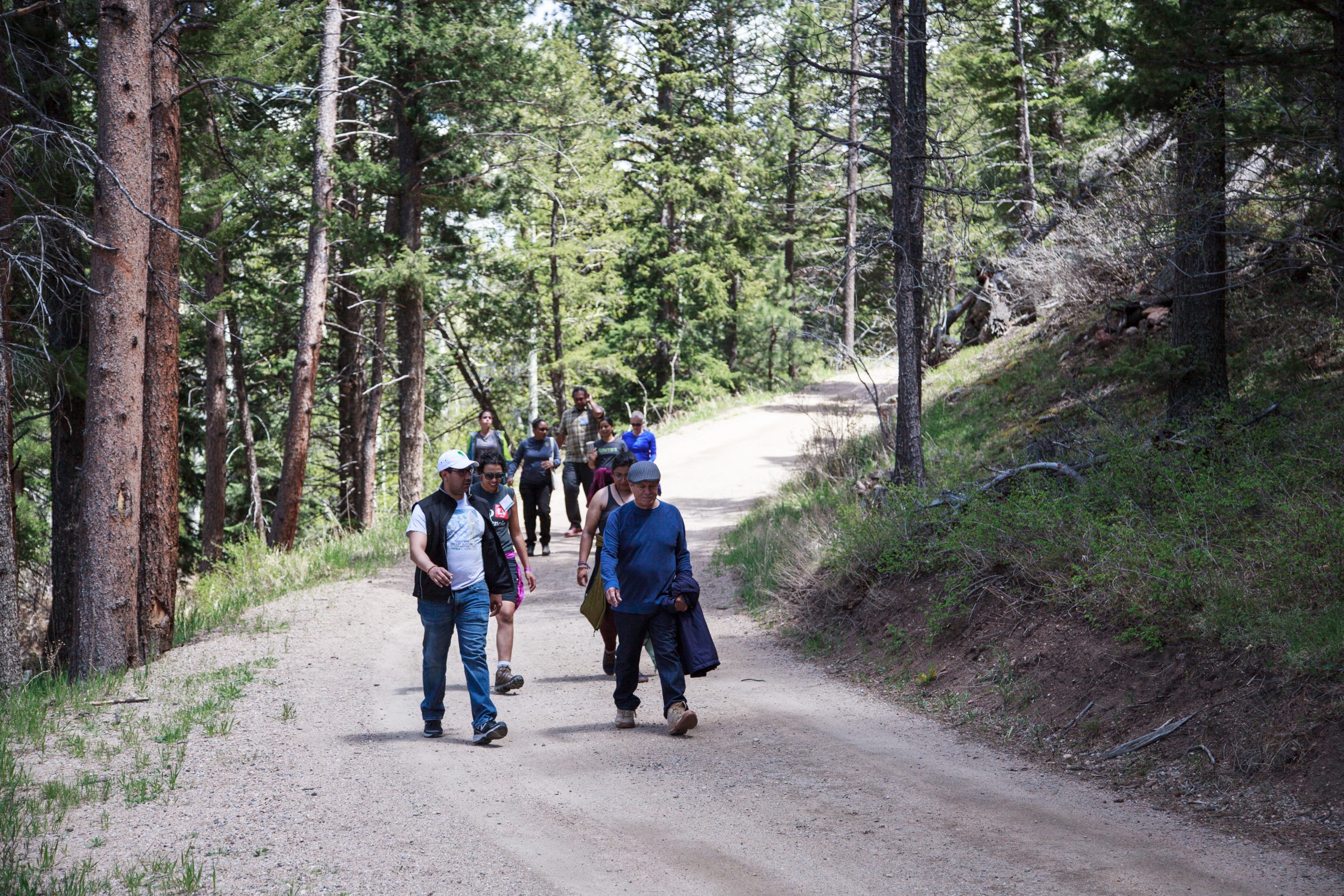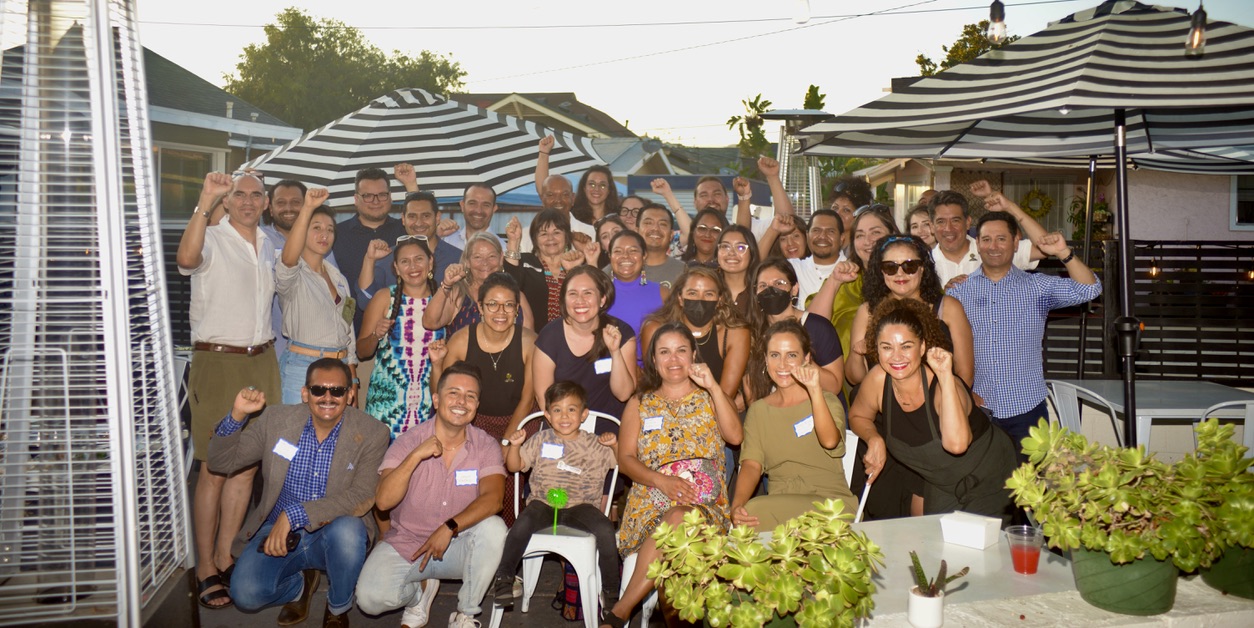GreenLatinos in the Amazon: COP30
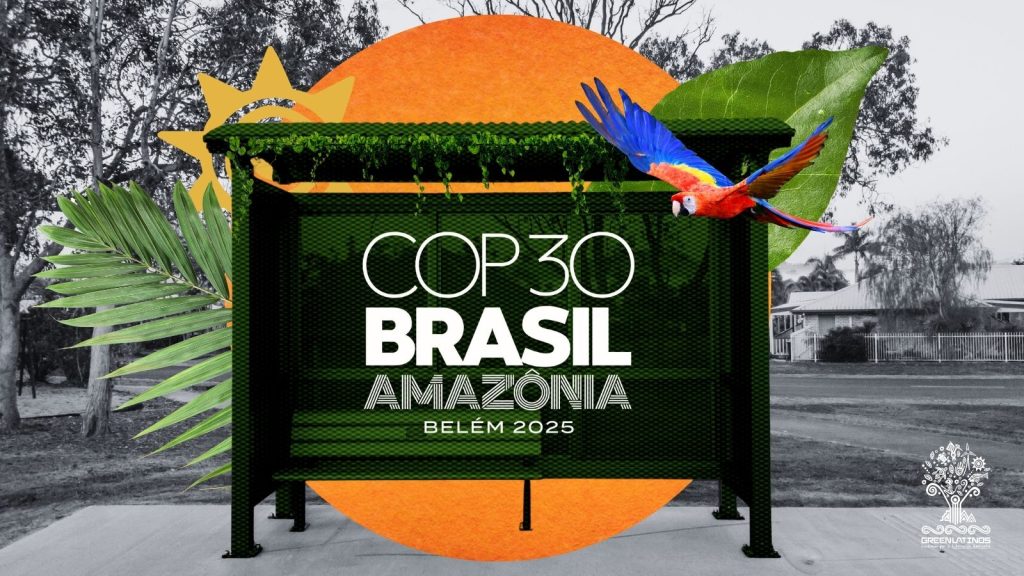
As world leaders, activists, and indigenous communities gather in Belem, Brazil, for COP30, the urgency to reduce greenhouse gas emissions across all sectors will once again take center stage. Much of the attention will focus on the energy and industrial systems that drive the bulk of global emissions, yet transforming how people and goods move is equally essential to achieving climate goals.
Across the Americas, transportation is a leading driver of climate pollution, accounting for about one-quarter of emissions in the United States and significant shares across Latin America (UNDP estimates that transportation accounts for 35-39% of total greenhouse gas emissions from fuel combustion in Latin America and the Caribbean). Real progress will come not only from cleaner fuels or vehicles, but from transforming the systems that shape mobility itself, the design of our cities, the accessibility of transit, and the equity of public investment.
The Unjust Burden of a Carbon-Heavy System
The legacy of discriminatory planning, like the intentional routing of highways through Black and Brown neighborhoods in the US or hierarchical urban planning in crowded LATAM megacities, has left communities of color living closest to congested roadways, industrial ports, and distribution centers.
- En California, Latinos experience 39% percent higher levels of PM2.5 pollution exposure than whites.
- In major Latin American Cities like Mexico City, Sao Paulo, and Santiago, traffic related air pollution contributes to tens of thousands of premature deaths annually.
- In the U.S., Latino and Black children are significantly more likely to develop asthma linked to vehicle exhaust.
These health inequities reflect decades of línea roja, discriminatory planning, and underinvestment in public transit that have left low-income families overexposed to pollution and cut off from economic opportunity.
Green Infrastructure: A Remedy for Pollution and Inequity
The path to cleaner air begins with re-centering people, not vehicles. Across Latin America and the United States, communities are proving that investments in green infrastructure can repair harm, expand opportunity, and cool overheated cities.
We welcome you to explore the GreenLatinos Latino Climate Justice Framework, which offers a vision for this momentum, shifting focus from highways to health and from congestion to connection.
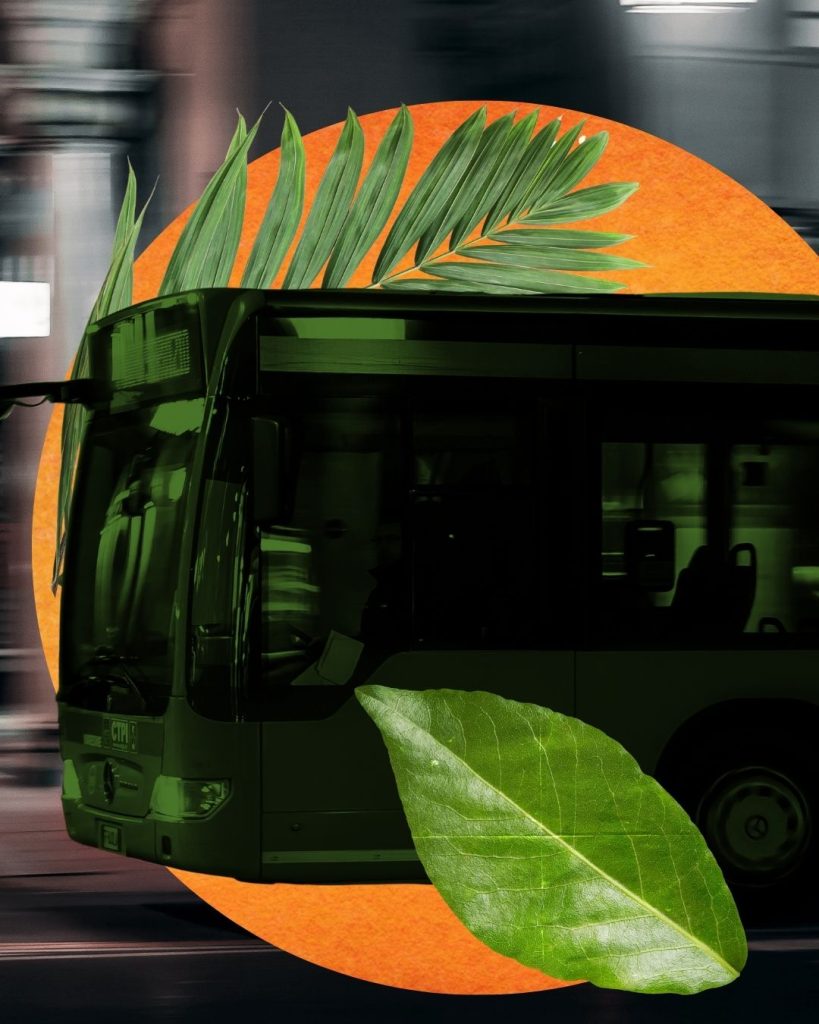
Expanded and Electrified Public Transit
Investing heavily in clean, electric buses and rail in underserved neighborhoods provides affordable, low-emission mobility, simultaneously reducing reliance on polluting personal vehicles.

Safe Active Transportation Corridors
Building shaded, safe pathways for walking and cycling, a form of green infrastructure, encourages zero-emission travel in LATAM, where city commutes are often lengthy and traffic-heavy. Improvements to biking and walking infrastructure can significantly enhance public health and reduce GHG emissions.

Urban Greening
Planting trees and creating green spaces near major transportation arteries acts as natural air filtration, absorbing pollutants and providing critical shade to mitigate urban heat islands. This directly benefits nearby residents, often communities of color, who lack access to green space and suffer from extreme heat.
Centering Environmental Justice in Decarbonization
Decarbonization policies must center on environmental justice, ensuring that the benefits of cleaner air, better health, and improved mobility reach those most affected by the current system. This mode of policymaking requires more than just consultation; it demands community-led decision-making.
In the US, programs that direct zero-emission transit and charging investments to disadvantaged neighborhoods are a step forward. In Latin America, where transportation emissions are the leading source of greenhouse gas emissions (as they are in the US), electric-mobility goals must align with urban planning strategies to improve housing, shorten commutes, and expand access to jobs. ,
A truly equitable transition means:
- Affordability and Access: Zero-emission options at all scales, from electric buses to shared micromobility modes, must be made affordable and accessible to low-income populations and address the frequently needed gap of last-mile connections.
- Anti-Displacement Measures: New green infrastructure and transit investments must be coupled with anti-gentrification and anti-displacement policies to prevent the very communities that need connectivity benefits from being pushed out and priced out as their neighborhoods become more desirable.
- Local Economic Benefits: The transition should create local, well-paying jobs in transportation and infrastructure maintenance and construction for residents of marginalized communities.
Decarbonizing transportation is an opportunity to address and mitigate the harms of decades of environmental and social injustice. By prioritizing public health, investing in green infrastructure, and empowering communities of color, we can build a mobility system that is clean, efficient, and fundamentally fair for everyone.
While we’re on the ground in Belém for COP30, GreenLatinos will be following key discussions on sustainable transportation and climate-smart infrastructure. Sign up for our Climate Justice & Clean Air Colectivo to stay informed and take part in the fight for clean, equitable mobility across the Americas. ¡Vámonos, hay mucho trabajo por hacer!
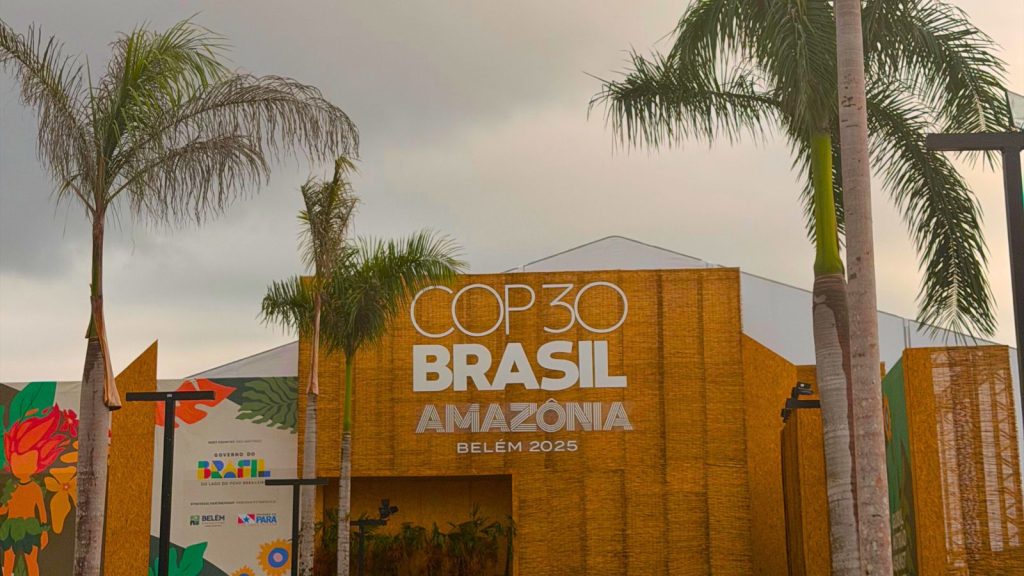

Join the Climate Justice & Clean Air Collective and explore our Sustainable Communities Program!
Be part of our Collectives! You’ll get updates, resources, and opportunities to plug into virtual and in-person events.
This blog post was a collaboration between our Justicia climática y aire limpio y Comunidades Sostenibles programs, highlighting how local action and community design go hand in hand in the fight for climate justice.


